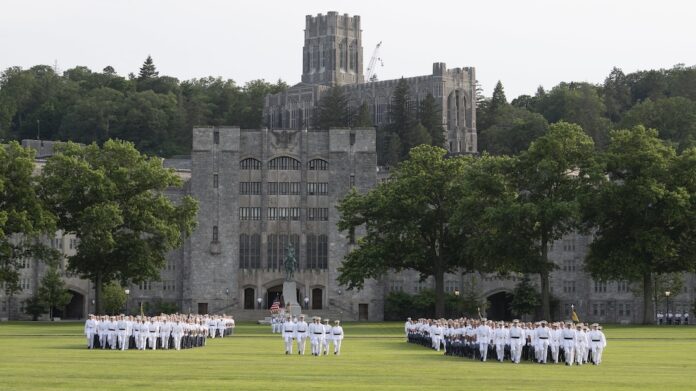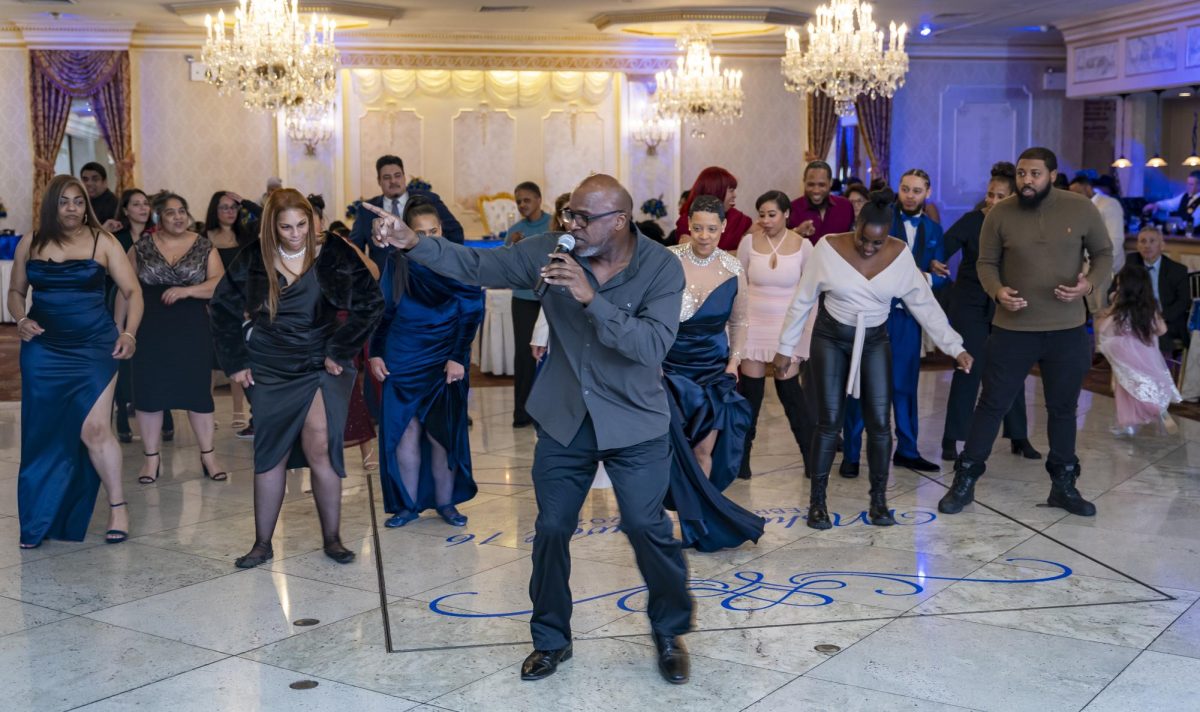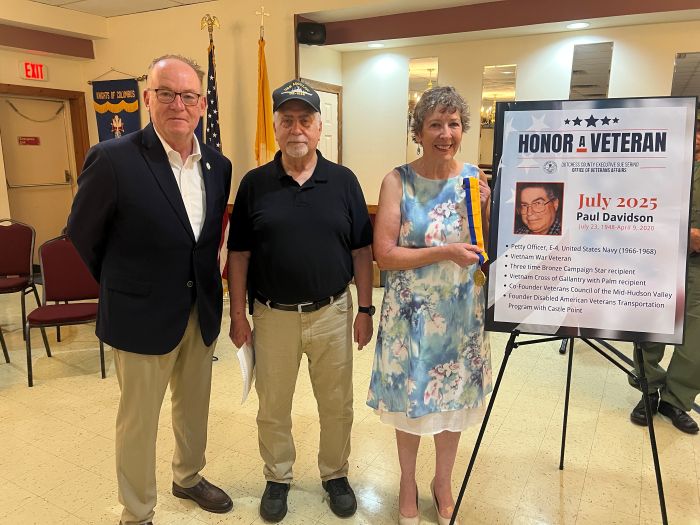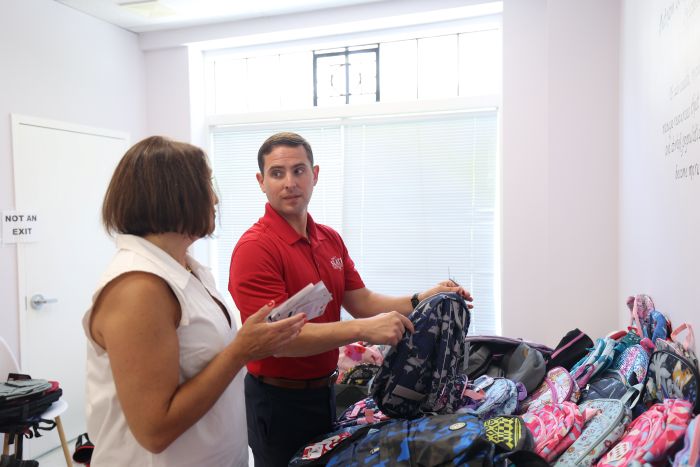WEST POINT, N.Y. – On June 30, 2025, more than 1,200 new cadets in the U.S. Military Academy’s Class of 2029 marched onto the field at West Point for the first time, ready to begin their transformation from civilians to future Army officers. Dressed in identical white shirts and gray trousers, these young men and women recited the cadet oath in front of friends and family—officially marking the beginning of their 47-month journey.
Just hours earlier, many of them had been celebrated high school graduates—honored students, athletes, and young leaders. Some were veterans, others had spent the past year at West Point’s preparatory school. Now, indistinguishable in uniform, they faced the same intense physical and mental challenges that define the West Point experience.
Reception Day: A Harsh First Step
Reception Day, or “R-Day,” was a blur of haircuts, uniforms, shouted orders, and endless paperwork. Cadets were rushed from medical checks to physical testing, with barely enough time to comprehend each new demand. The heat and humidity added to the intensity, draining energy and heightening nerves.
Parents watched from the stands, straining to pick out their children in the sea of gray and white. As upperclassmen barked commands, the new cadets struggled to keep pace, many already feeling overwhelmed—but determined.
Despite the uniform appearance, the cadets arrived with varied stories and motivations. They came from every U.S. state and 14 different countries. Some came from cities, others from rural farms. Some followed family traditions of military service; others were the first in their families to wear a uniform.
Stories Behind the Uniforms
-
Cal Tsuneyoshi, from Streitcoom, Washington, was inspired by U.S. soldiers during a high school trip to the Korean Demilitarized Zone. Encouraged by his Vietnam veteran father, he chose West Point for its values and reputation.
-
Leilani Ariana Ramos, from Pennsylvania, valued West Point’s top-tier education and lifelong friendships. She attended the U.S. Military Academy Preparatory School and shared a special family moment with a fellow cadet’s father—an old Ranger School buddy of her own dad.
-
Aric Hunter, of New Hampshire, came from a dairy farm and also attended the prep school. His motivation came from both parents—his father an Army veteran and his mother a school principal.
-
Klayton Allen Simmons, from Illinois, sought out adventure and saw West Point as the perfect challenge and path to a military career.
-
Dillon Watt, from Texas, aimed to balance athletics and academics, saying he came to West Point “to play basketball but also to become a good leader.”
Each cadet had their own reasons, yet a shared willingness to push limits and serve something greater than themselves bound them together.
What Lies Ahead
For the next six weeks, these cadets will undergo “Beast Barracks,” West Point’s grueling basic training. They’ll be tested physically, mentally, and emotionally, learning military discipline, leadership fundamentals, and teamwork. After summer training, the academic year begins, with a demanding schedule of classes, physical training, drills, and more.
Graduation will bring a commission as a second lieutenant and a minimum of five years of active-duty service, plus three years in the reserves. But the cadets know the rewards go beyond military ranks—developing resilience, honor, and leadership skills that will shape the rest of their lives.
A Nation’s Pride
Col. Rance Lee, West Point’s Director of Admissions, emphasized the deeper meaning of the cadets’ commitment:
“As we celebrate the Army’s 250th birthday, the Class of 2029 stands as a living tribute to the enduring call to serve. This patriotic group of young men and women left the comfort and safety of civilian life to devote themselves to becoming guardians of duty, honor, country, and our United States Constitution.”
As the massive doors closed behind the marching cadets, silence fell across the spectators. Parents stood with mixed emotions—pride, sadness, hope—knowing their children had chosen one of the hardest, yet most honorable, paths.
From farmhands and scholars to athletes and musicians, the cadets of 2029 represent America’s strength in diversity and unity. In time, they will join the “Long Gray Line” of West Point graduates—leaders in uniform and beyond—carrying forward a tradition of excellence, character, and sacrifice.
For more information on West Point and its mission, visit www.westpoint.edu.
















Leave a Reply